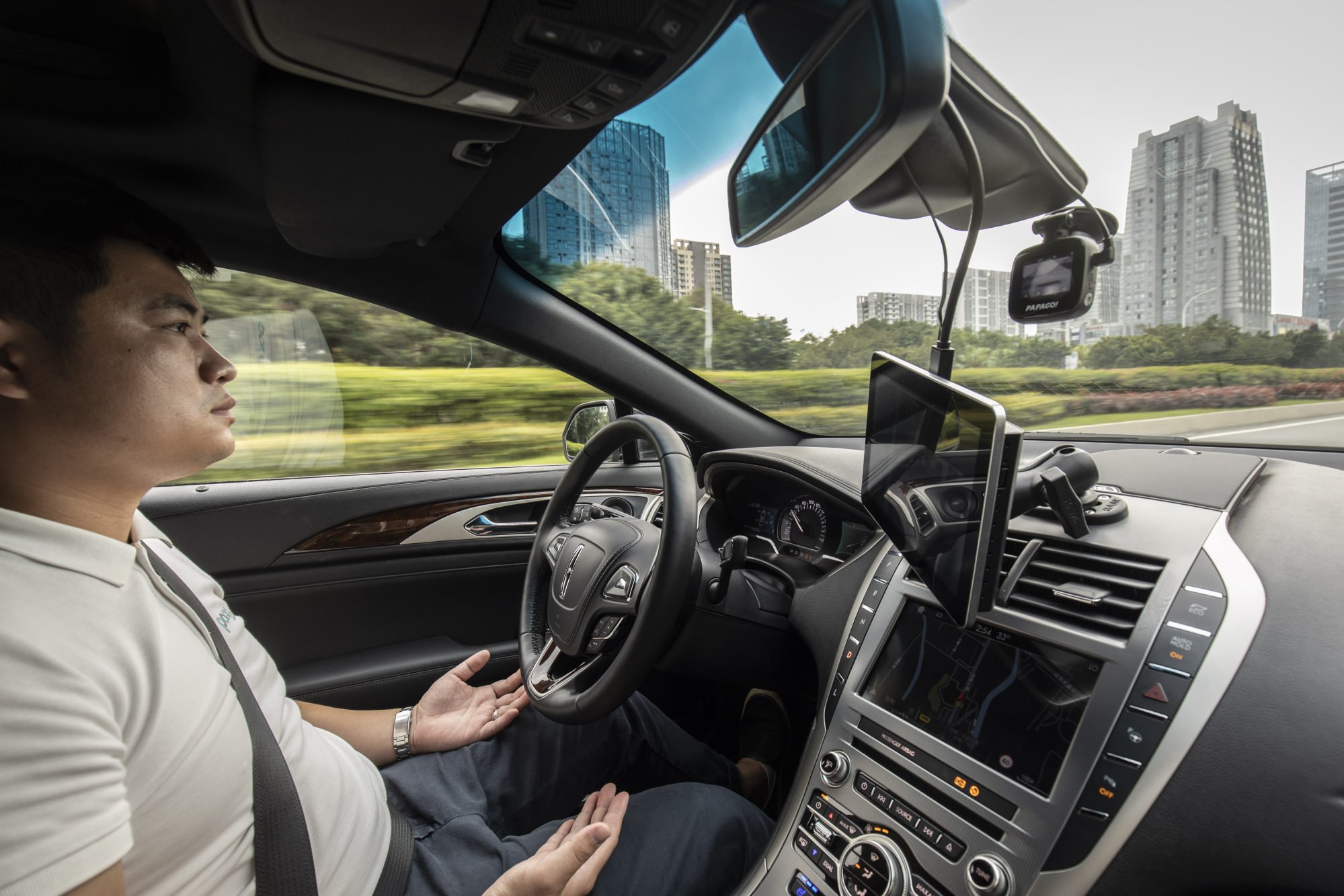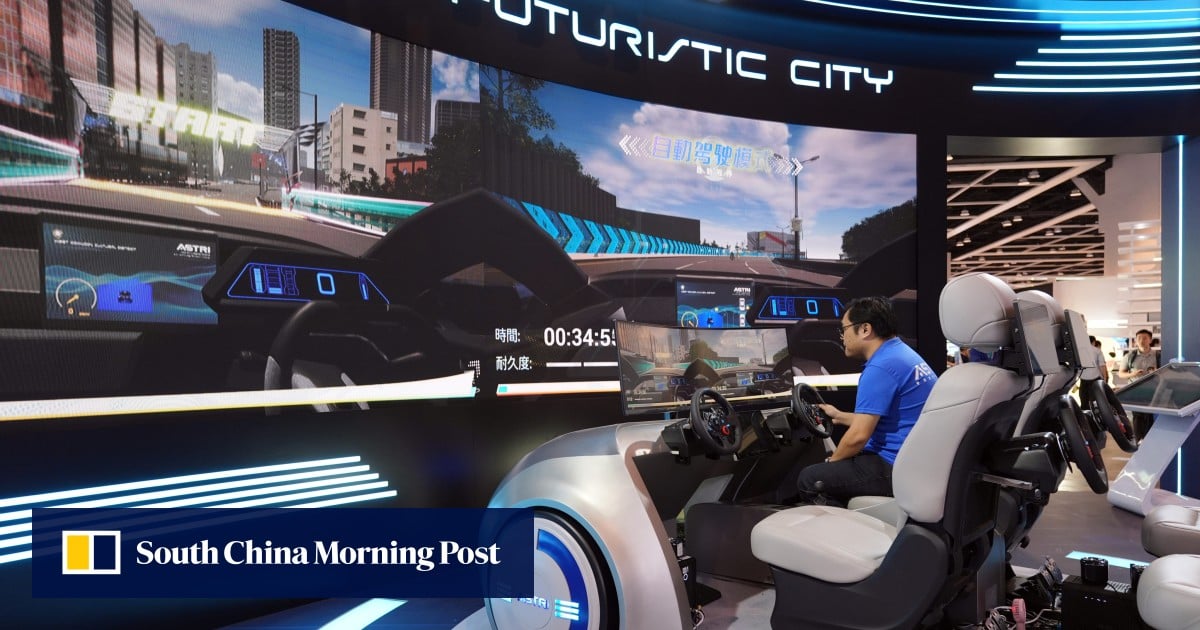From Big Tech firms to start-ups, China’s autonomous-driving system developers are struggling to make noticeable gains in turning their vision of a future full of self-driving cars into steady profits.
Banma Network Technologies, an intelligent vehicle start-up that develops technology for autonomous-driving systems, this week replaced its CEO Zhang Chunhui, who had served in the position for four years. It is seen as part of efforts by Banma’s backer, e-commerce giant Alibaba Group Holding, to revamp the unit and step up commercialisation.
Alibaba did not immediately respond to a request for comment on Wednesday.
While Baidu expects its Apollo Go robotaxi service to be available in 100 cities by the end of this decade, so far it has only secured approvals to cover select areas in four major Chinese cities for the commercial operation of fully driverless taxis.
Those four cities include Beijing and the southwestern municipality Chongqing, where the company has been charging passenger fees for its robotaxi service since 2021 and 2022, respectively.
Smaller domestic autonomous-driving companies are also struggling to monetise.
iMotion, which went public in Hong Kong last December, reported a loss of over 1 billion yuan (US$139 million) from 2020 to 2023. Momenta has been adjusting its company strategy to become less academic and more commercial-oriented, while Pony.ai is speeding up efforts to commercialise by focusing on robotaxis and robotrucks, according to reports by Chinese tech media outlet 36Kr.
“For the industry, the bottleneck lies in both technological maturity and commercial application,” said Zhang Xinyuan, a researcher at think tank Co-Found.
“The current products have made great progress in Level 2 and Level 4 technologies, but there are still many challenges in real applications, such as … how to deal with complex and unpredictable traffic environments,” Zhang said.
Level 2 systems are defined as those that can steer and accelerate by themselves, while still requiring a human driver to take control in case of emergency. Level 4 systems can drive autonomously under specific conditions.
The slow emergence of fully autonomous vehicles contrasts with China’s booming electric vehicle (EV) sector.

Investors are scaling down their autonomous-driving investments amid slow growth in the sector and a weak macroeconomic environment.
Last year, the industry saw a drop in both the number of fundraising deals and their total value, raising just over 20 billion yuan in around 140 investment rounds, down from 30 billion yuan in some 153 investment rounds in 2022, according to data from the Lowspeed Automated Driving Industry Alliance.
The autonomous-driving industry is also facing profitability and regulatory issues in other parts of the world.
That followed a decision by Alphabet’s autonomous-driving project Waymo in July to slow down its autonomous-truck development and focus more on ride-hailing, and the delisting of Embark Technology – an early proponent of self-driving truck software in the US – from the Nasdaq, after it ran out of capital to pursue commercial production.







